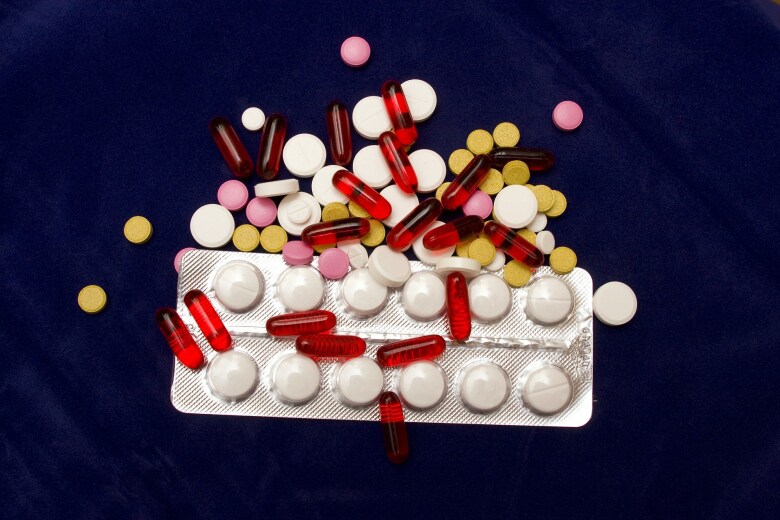It’s my job to focus on innovation in healthcare information technology, and so I was happy to have the opportunity to attend the third annual Brigham & Women's Hospital (BWH) 2014 Research Day in Boston. The event showcases the hospital's cutting-edge clinical and medical research, ranging from regenerative medicine to genomics to biomedical engineering.
The event logistics planning was superb. The main auditorium and break-out room were connected via a pedestrian bridge between the two buildings. Directional labels were pasted on the floor so attendees would never get lost. Many research posters were placed along the way and at each end, which really enhanced the “cool factor” of the event.
Hospital as Innovation Hub
The traditional trajectory from clinical needs to commercial products is a painful but necessary business process. Its success depends on a clear understanding of the business model and building the right team. BWH has created an Innovation Hub that provides an excellent example of how hospitals can bridge the gap between business and technical people and the clinician community. Its commitment to clinical excellence and an evidence-based approach are essential for making strides in innovation. And, for a global healthcare IT company like InterSystems, maintaining strong relationships with groups like the BWH Innovation Hub will be essential to inform and advance our own product direction.
Mr. Zen Chu, a successful entrepreneur specializing in early-stage medical ventures, serves as Healthcare Entrepreneur-in-Residence at MIT. He delivered a terrific presentation on how vendors can leverage the expertise from clinicians at BWH through the Innovation Hub.
Make Images Discoverable
Now back to the more serious stuff. Medical imaging came up several times. My friend Dr. Ramin Khorasani, who is the vice chair of the department of radiology at BWH, brought up a very interesting point regarding how to make the vast amount of images at BWH – 250 million of them – discoverable. Beyond the radiology reports, the images themselves contain a lot of information that might be missed or could be important. While natural language processing exists for free-text reports, there isn’t a comparable technology to extract useful information from medical images.
Given that test modalities have advanced tremendously, the volume of images will continue to grow rapidly. To make the images “discoverable” will truly enhance the clinician’s ability to test new hypotheses and generate new evidence.
I recently spoke with executives at a Silicon Valley startup called Enlitic that uses machine learning to make medical diagnostics faster, including tools that can automatically read radiology images. Maybe the technology is already coming to light.
Visualize Outcomes
Other aspects of medical imaging research include new kinds of tests that can visualize chemotherapy tumor responses very easily. These images can also be used to guide surgical procedures such as biopsies. Dr. Clare Tempany, a radiology specialist at BWH, proved the point, flying through hundreds of medical images rapidly in her presentation.
It occurred to me that it would also be good to visualize patients’ treatment outcomes when there aren’t equivalent radiology tests. For example, is the patient’s antihypertensive regimen or anticoagulation regimen titrated to the goals? Were the risk factors of the patient’s diabetes or heart failure controlled effectively? Electronic health records often don’t make it easy for clinicians to assess the outcome in the few seconds they have these days to spend with their patients, and images can help.
The Truth about Decision Support
Dr. Ali Raja from BWH’s Emergency Department spoke passionately about how decision support alerts can reduce unnecessary high-cost imaging tests simply by making the prior test reports available when ordering. However, while patients can freely go between hospitals in the Longwood Medical Area of Boston, an area dense with medical facilities, the data in their medical records is not so routinely shared between different hospital systems.
Interoperability is essential to achieve the intended benefits of clinical decision support. Access to prior test results and patient history can help fine-tune the clinical decision support alerts to ensure high positive and negative predictive values. Studies conducted at opposite ends of the world in Rhode Island and in Shanghai China have shown that alerts can reduce duplicate tests by 15% without impacting clinical outcome.
Network Medicine
In a panel on genetics, the concept was expanded to “network medicine.” Dr. Richard Maas and Dr. Ed Silverman talked about the need to understand all the information from various test types. Technologies such as machine learning and predictive modeling will be essential. Additionally, the modeling would need to be framed into clinically relevant approaches such as the “genetic regulatory pathway.”
As the current state of information technology still grapples with standardizing EHR-generated data and building predictive models to tackle readmissions, I see a similar need to invest in and build commercial solutions to support network medicine. While the country is focused on realizing the value of EHRs through the Meaningful Use mandate, I believe government support and incentives for investment in IT for network medicine will be essential.
Home Depot for Clinical IT Innovation
The presentation by Dr. Nobuhiko Hata was intriguing. He used a familiar logo in his slides – Home Depot – and talked about how much time he spent at Home Depot to build his surgical robots for image-guided biopsies. Rather than relying on third-party firms to build the prototype, Dr. Hata’s team decided to take it on themselves. Eventually 3D printers will make the task easier. But for now, the exciting part is how a clinical innovator can find creative ways to build, test, and improve prototypes rapidly.
This made me think about the Home Depot equivalent for clinical software companies to design a cutting-edge user experience. The software development process remains a complex journey. Even the agile development process doesn’t necessarily make it easier to transform the user experience. Maybe this is due to the constraints of current software development tools. Without a breakthrough in the software tools, we won’t be able to innovate as quickly and effectively




































